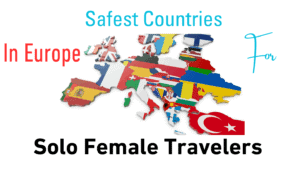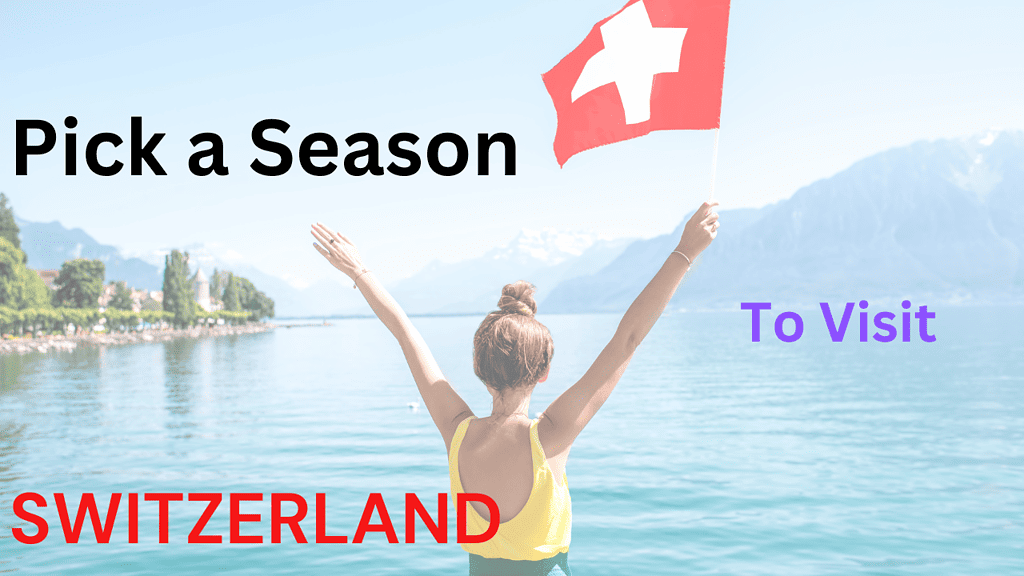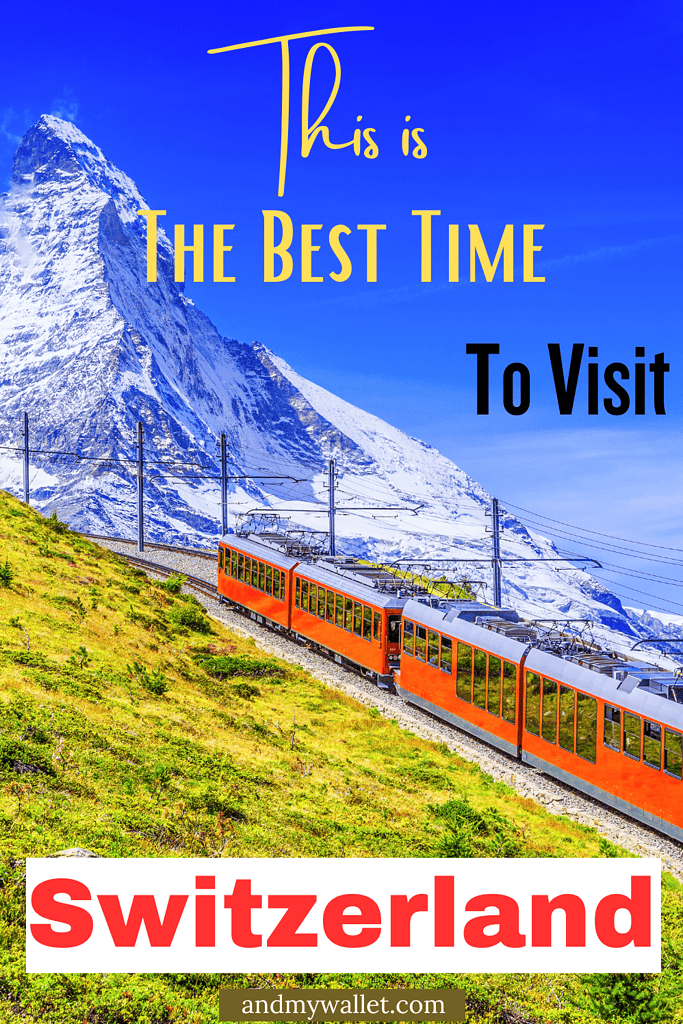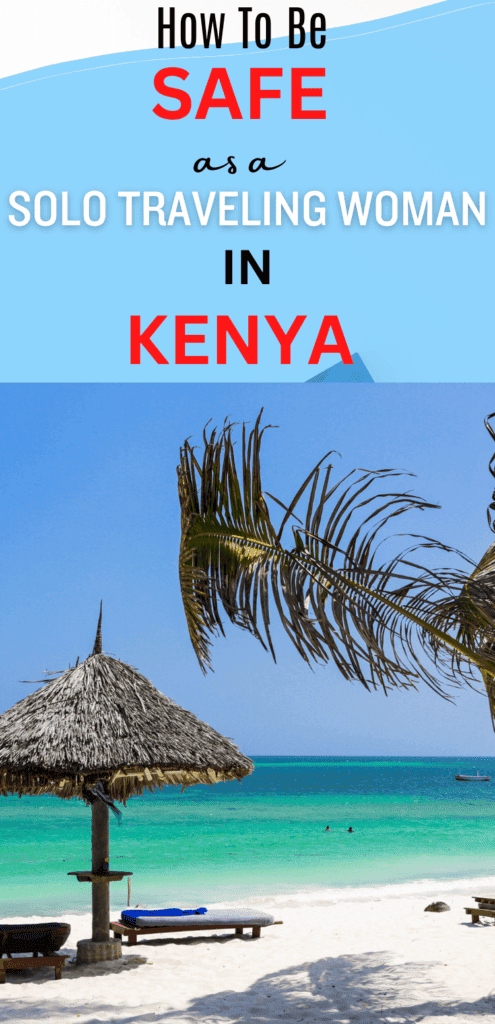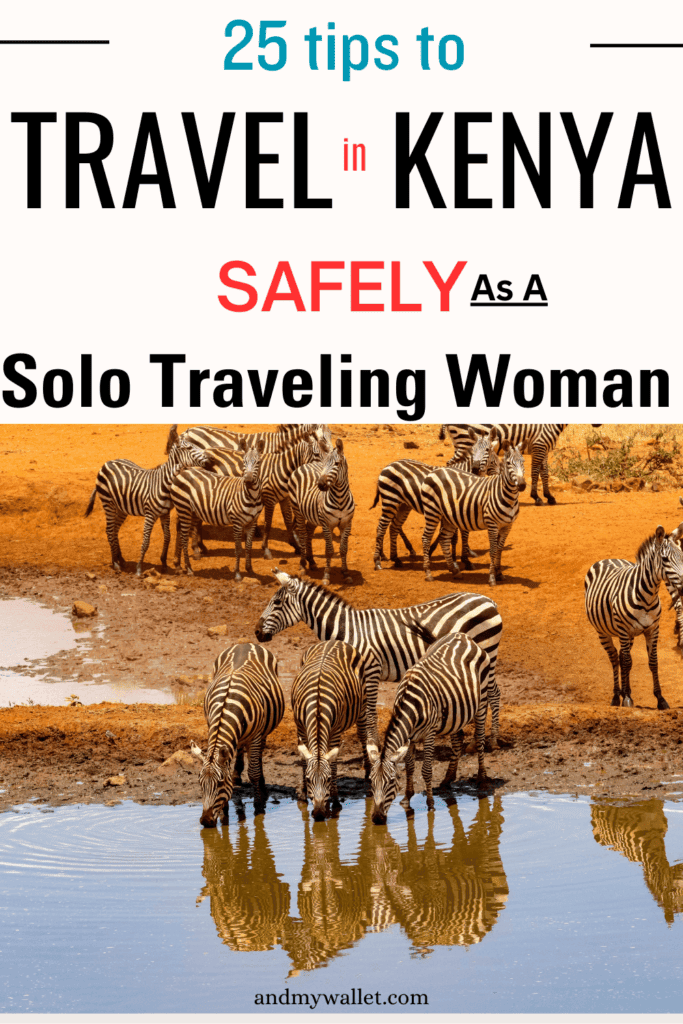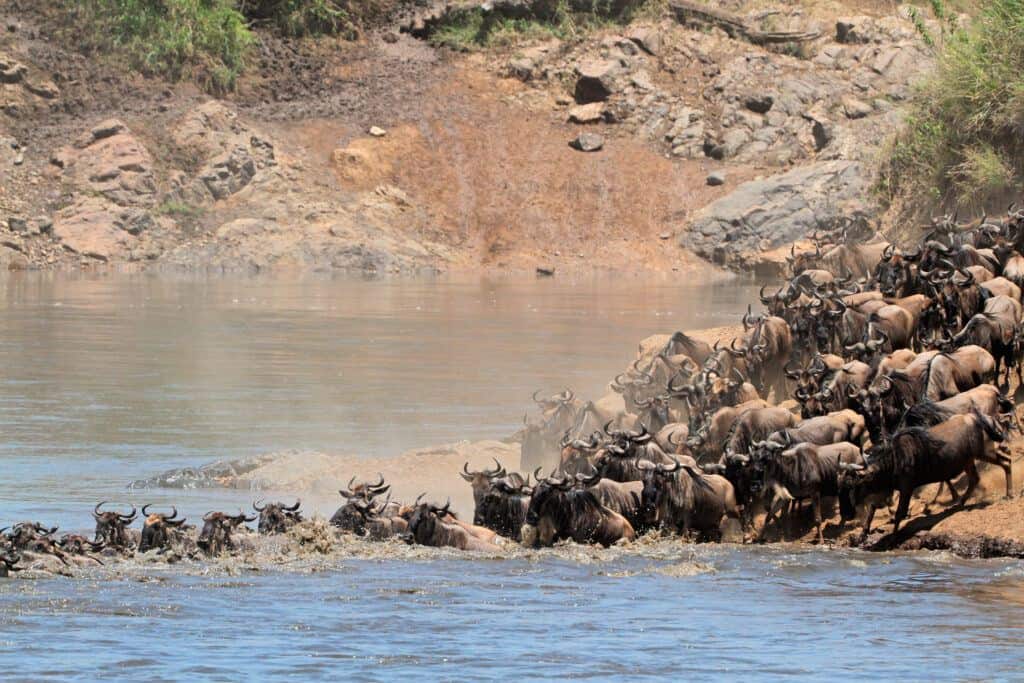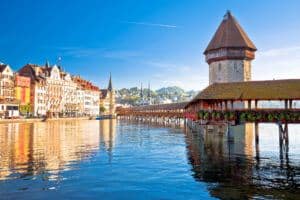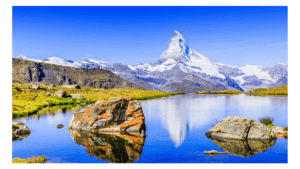Embarking on a solo travel adventure offers a unique opportunity for personal growth, freedom, and the exhilaration of discovering new places at your own pace.
If you’re a woman planning your first solo trip or looking to add new destinations to your list, safety and welcoming environments and a safe destination are likely at the top of your considerations.
Solo female travel is an empowering experience, and choosing the right destination can make all the difference in ensuring a memorable and stress-free journey.
The world is brimming with destinations that cater to the independent spirit of solo female travelers, each offering its own blend of culture, scenery, and adventure.
Whether you seek the solitude of pristine beaches, the vibrancy of bustling cities, or the charm of small towns, there’s a place that aligns with your travel aspirations and you don`t have to be a seasoned solo traveler to visit the most popular destinations.
For women venturing alone, some locales stand out for their ease of navigation, friendly locals, and supportive infrastructure that make solo exploration both safe and rewarding.
When selecting your solo travel destination, consider not only the attractions and activities available but also the local attitude towards female travelers, the ease of meeting other travelers, and the availability of resources that can enhance your experience in a new country.
From the well-trodden paths of European capitals to the hidden gems in Southeast Asia or the natural wonders of New Zealand, options abound for those ready to embark on a solo journey.
Each destination offers a chance to forge new connections, build confidence, and create stories that are entirely your own.
Choosing Your Destination: The Solo Female Traveler’s Guide
When planning a solo trip, the world is your oyster. From bustling metropolises to tranquil beaches, deciding where to go is about what excites you most, do you want to visit European cities or a Safari in Africa?
Here’s a practical guide to finding a destination in different countries that matches your solo travel desires.
Urban Adventure and Cityscapes
Europe
offers some of the most walkable and culturally rich cities and some of the best solo female travel destinations for your urban exploration.
You can immerse yourself in the nightlife of Berlin or enjoy the cafe culture of Paris.
New York City and Toronto in North America boast vibrant arts scenes, diverse neighborhoods, and friendly locals.
In Asia, cities like Tokyo provide a mix of tradition and futuristic living, while Oceania‘s Sydney boasts iconic landmarks.
If it`s Latin America you choose, Peru offers a blend of history, culture, and natural grandeur.
- Safest Cities for Women:
- Tokyo, Japan: High safety standards, helpful locals.
- Copenhagen, Denmark: Biking city with a welcoming atmosphere.
- Lucerne, Switzerland: Laid back with friendly locals and great outdoors.
Serene Getaways and Beaches
For a peaceful retreat, consider the serene beaches of New Zealand or the laid-back coastlines of Central America.
Oaxaca, Mexico, features uncrowded beaches with a vibrant local culture. If you’re seeking crystalline waters and white sands, Australia’s Whitsunday Islands are hard to beat.
- Top Beach Destinations for Solo Female Travellers:
- Tulum, Mexico: Azure waters and Mayan ruins.
- Bali, Indonesia: Spiritual ambiance, friendly community.
Cultural Experiences and Historical Sites
Traveling solo gives you the freedom to delve into the history and culture that intrigues you. Europe brims with historical sites, from Roman ruins in Italy to medieval castles in Scotland.
Asia and Africa offer profound cultural experiences, from the temples of Cambodia to the markets of Morocco.
South America presents a rich indigenous history and colonial architecture.
- Must-Visit Cultural Destinations:
- Kyoto, Japan: Ancient temples and traditional tea houses.
- Rome, Italy: The Colosseum and Vatican City.
You may likeSafest places to visit in Europe as a solo tourist10 days Switzerland travel itinerary
Safety Tips and Best Practices
When traveling solo as a female, your safety and preparedness are paramount.
Consideration of where you stay, how you get around, and the cultural norms of your destination will contribute significantly to your travel experience.
You may like
Personal Safety devices for women
Accommodations and Where to Stay
Choose your accommodations with care. When booking hotels or hostels, look for places with positive reviews concerning safety and community.
Airbnb listings should provide verified photos, and the host should have a track record of positive feedback. Always communicate through the platform to maintain a record of your interactions.
- Hotels: Opt for well-rated hotels with a 24-hour front desk and security.
- Hostels: Check for female-only dorms or private rooms.
- Airbnb: Select super hosts when possible and read the reviews attentively.
Navigating Public Transportation
When using public transportation, keep a low profile to avoid drawing unnecessary attention.
Familiarize yourself with routes and schedules to prevent confusion and delays, which can amplify security concerns.
- Buses and Trains: Sit in populated carriages and stay alert to your belongings.
- Taxis and Rideshares: Use official taxi services or reputable apps where you can share your ride status with a trusted contact.
Cultural Awareness and Local Customs
Understanding local customs can prevent inadvertent offenses and enhance cultural awareness.
There is a place and time for your tank tops and shorts, skinny jeans, or mini dresses. Been there done that so I know what I’m talking about here.
Dress conservatively if that is the local norm, and learn a few phrases in the local language to communicate effectively.
If for a reason you have an attitude “it`s my choice what to wear and no one can tell me otherwise” then YOU ARE NOT READY to travel and experience foreign countries.
You don`t want any street harassment just because of what you wear.
- Dress: Adapt your wardrobe to align with cultural sensitivities.
- Behavior: Observe and respect local customs to avoid misunderstandings.
By being aware and considerate of these aspects, you can maintain your safety while enjoying a rich solo travel experience.
Your attitude can wait until you are home, not all countries appreciate attitudes.
Bucket List Destinations for Solo Female Travelers
Exploring alone as a female traveler opens incredible opportunities for personal growth and cultural immersion.
Discover retreats that rejuvenate the soul in beautiful beaches, join the crowds and meet new people at the city center in cities that dazzle the senses, and enjoy the natural beauty of natural landscapes that challenge and inspire.
Rejuvenating Retreats and Spas
Solo travel offers the perfect chance to indulge in self-care and wellness.
Bali in Indonesia and Thailand are renowned for their luxurious spas and retreats.
Thailand’s wellness retreats combine holistic health with serene settings, where you can experience traditional Thai massages and herbal treatments.
In Bali, the town of Ubud is celebrated for yoga and meditation retreats, nestled amidst lush rice terraces.
- Thailand: Traditional Thai massages, Health & Wellness retreats
- Indonesia: Yoga, Meditation, Balinese spas
Iconic Cities and Must-See Attractions
Solo travel in Europe presents a tapestry of iconic cities brimming with culture and history.
Florence and Rome in Italy showcase stunning Renaissance art and ancient Roman architecture.
Paris, France captivates with its storied museums and cafés.
For a mix of modern and traditional, Tokyo, Japan astonishes with its bustling streetscapes and serene temples.
G Adventures offers guided tours that can help navigate these urban landscapes while ensuring safety and companionship.
- Italy:
- Florence: Renaissance art, architectural wonders
- Rome: Colosseum, Vatican City
- France: Paris: The Louvre, Eiffel Tower
- Japan: Tokyo: Tsukiji Fish Market, Senso-ji Temple
You may likeSpringtime in Paris and things to do
Natural Wonders and Outdoor Activities
Immerse yourself in the grandeur of nature with destinations that are both awe-inspiring, safe, and accessible for the solo female traveler.
Witness the splendor of the Norwegian fjords or seek adventure in Iceland with its glaciers and volcanoes.
For outdoor enthusiasts, Kenya and Tanzania offer safaris and majestic views of Mount Kilimanjaro.
Ireland and Scotland boast rugged coasts and green highlands for tranquil hikes, while Colombia and Costa Rica in Central America deliver a vast range of biodiversity and thrilling outdoor adventures.
- Norway: Fjord cruises, Northern Lights
- Iceland: Glacier treks, hot springs
- Tanzania: Safaris, Mount Kilimanjaro treks
- Ireland & Scotland: Coastal walks, Highland treks
- Colombia & Central America: Rainforest tours, eco-adventures
You may likeTravel in Kenya and stay safe
Solo Female Travel Community and Networking
Building a Network
When you embark on a solo journey, joining a travel community can greatly enhance your experience.
Look for online forums or social media groups dedicated to solo female travelers.
These platforms allow you to connect with like-minded individuals who share insights about destinations and can offer support.
If you do not find a group that meets your needs, how about starting a Facebook group for like-minded people? It`s a great place to start.
Local Meetups
Once you arrive at your solo female travel destination, seek out local gatherings or expat communities.
Engaging with friendly locals is a great opportunity to improve your language skills and can provide you with an authentic cultural exchange and the inside scoop on the safest spots to explore.
Cultural Exchange
- Hostels: Often a hub for solo travelers, hostels regularly organize social events and small-group tours.
- Couchsurfing: Offers a platform to meet locals willing to share their homes or spend time with travelers.
- Language Exchanges: Great way to meet both locals and other travelers while learning the local language.
Travel Apps and Websites
Numerous apps and websites are tailored to solo female travelers. They prioritize safety and community:
- Tourlina: Connects female travelers with similar interests.
- Meetup: Find events that align with your interests, from hiking to photography.
- Bumble BFF: Not just for dating, but for making friends wherever you go.
Remember to engage with locals and attend community events to enrich your travel experience.
By tapping into the vast resources of the solo female travel community, you not only ensure a richer journey but also contribute to a supportive global network.
Maximizing Your Solo Travel Experience
Exploring new places solo can be rewarding, and tapping into the local scene greatly enhances your journey.
Here’s how to fully engage with the destinations you’re visiting, from food to day trips and seasonal events.
Local Eats and Culinary Tours
Indulging in local cuisine is essential for a well-rounded travel adventure.
In cities like Tokyo and Bangkok, you can join culinary tours to explore street food offerings and traditional dishes during the walking tour.
For example, Tokyo’s Tsukiji Market offers an array of fresh sushi you can sample on your own or as a group tour.
Barcelona is known for its tapas, and enrolling in a cooking class there can provide insight into local flavors and techniques.
Use apps like Yelp or TripAdvisor to find the top-rated local eats in any city you visit, whether it’s Rome, Paris, or Istanbul.
Day-tripping and Road Trips
Solo travel allows for spontaneous day trips and road trips. You can rent a car and explore the countryside around cities like Edinburgh or take a train from London to experience the seaside town of Brighton.
If you’re in Copenhagen, a short journey across the Øresund Bridge brings you to Malmö, Sweden.
For those who relish the open road, a road trip through the scenic Utah national parks or along the coast of Nova Scotia is a memorable experience.
In Hawaii, you can drive the Road to Hana on Maui for breathtaking views.
Seasonal Attractions and Events
Every destination has its unique seasonal events and attractions. You could plan to see the Northern Lights in Reykjavik or enjoy the cherry blossoms in bloom in Tokyo.
Festivals such as Carnival in Rio de Janeiro or Mardi Gras in New OrleansUnited States bring vibrant culture and excitement.
In Melbourne, the Australian Open occurs every January, offering world-class tennis.
It’s important to research ahead and maybe even book tickets or tours for certain events to ensure you don’t miss out.
Frequently Asked Questions
When planning your solo adventure, cost, safety, and experiences matter. Below are well-curated answers addressing common inquiries female solo travelers might have.
What are affordable travel destinations for a woman traveling alone?
Vietnam and Portugal offer enriching experiences at a fraction of the cost of many other destinations.
Your dollar stretches further here, offering affordability without compromising on culture or scenic beauty.
Portugal is a great destination as you can hop on cheap flights to reach other European countries, a destination that is perfect even for first-time travelers going on their first trip.
What are the top travel recommendations for solo female beach vacations?
Consider Tulum, Mexico, or Koh Pha Ngan, Thailand. These locations are known for their stunning beaches, friendly locals, and supportive backpacker communities, suitable if you are looking to meeting people.
Can you suggest safe cities in the US for women traveling solo?
Austin, Texas, and Portland, Oregon, are known for their welcoming atmosphere and have a well-deserved reputation for safety and a plethora of activities tailored to solo travelers, in both places, you can do things your way without attracting unwanted attention.
Which European destinations are popular among solo female travelers?
Amsterdam in the Netherlands and Reykjavik in Iceland are top picks. They’re celebrated for their safety, ease of navigation, and friendly locals, making them the best solo travel destinations.
What are some all-inclusive resorts suited for solo female travelers?
Resorts in Punta Cana, Dominican Republic, and Negril, Jamaica, are perfect for those looking for a stress-free getaway where safety and enjoyment are a priority.
What are the best destinations for solo female travel during December?
The Christmas markets in Zurich Switzerland and in Berlin, Germany, or the winter wonderland of Banff, Canada, offer festive cheer and are perfect for those seeking a solo holiday adventure in December.
Conclusion
When embarking on solo travel, your safety, common sense, and enjoyment are paramount.
Be vigilant and prioritize well-being by adhering to general safety protocols, especially in unknown places.
While exploring new destinations, remain sober, maintain control over your environment, and ignore suggestions to visit unfamiliar or isolated locations with strangers.
Key Safety Tips:
- Stay Alert: Keep your wits about you at all times.
- Trust your Instincts: If a situation feels off, it likely is.
- Plan Your Route: Know where you’re going and how to get back.
- Keep Valuables Secure: Use hotel safes and don’t flaunt expensive items.
Remember, you are your best advocate when you travel alone. Engage with locals respectfully and enjoy cultural exchanges, but always keep personal safety in mind.
With sensible precautions, solo travel can be a rewarding experience.
Your adventures can be as boundless as your dreams with thoughtful preparation.
Embrace the opportunity to discover the world with proper travel plans and enjoy yourself.


